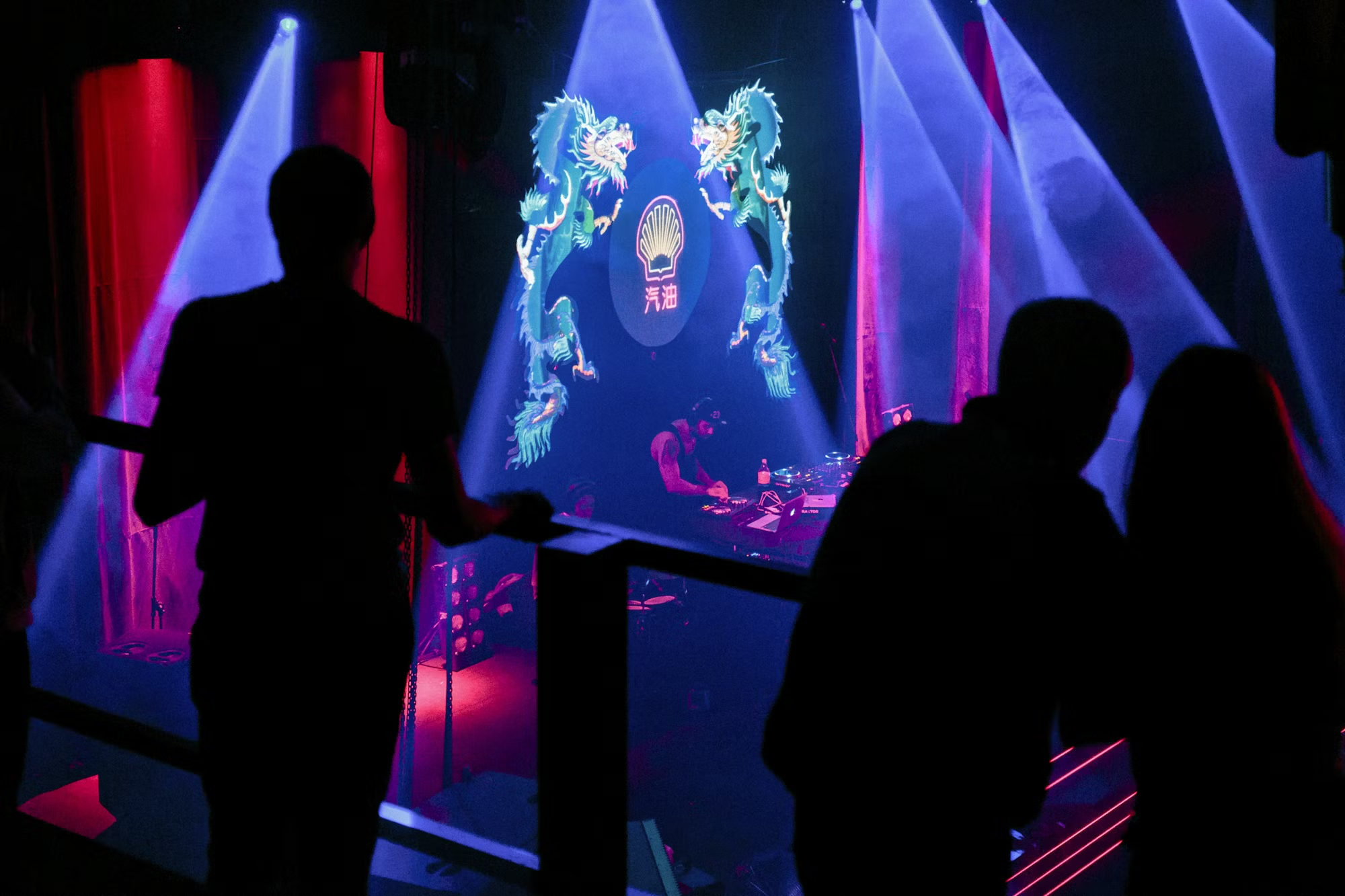Deep house, a subgenre of house music known for its rich textures and soulful melodies, has carved out a significant niche in the electronic music landscape. Emerging in the 1980s, deep house is characterized by its use of complex chord progressions, smooth basslines, and an overall atmospheric sound that invites listeners to immerse themselves in its rhythmic embrace. This article explores the origins, evolution, and cultural impact of deep house music, shedding light on its enduring appeal.
The roots of deep house can be traced back to the early days of house music in Chicago, where DJs like Frankie Knuckles and Larry Heard began experimenting with the genre’s foundational elements. Influenced by jazz, soul, and funk, these pioneers crafted a sound that emphasized emotional depth and musicality. The term “deep house” was coined to distinguish this more introspective style from the upbeat, energetic tracks that dominated the early house scene.
As deep house began to gain traction, it found a home in the underground club scene of the 1980s and 1990s. The genre’s signature sound resonated with audiences looking for something more profound and nuanced than the mainstream house music of the time. Tracks like “Can You Feel It” by Mr. Fingers and “Your Love” by Frankie Knuckles showcased the genre’s ability to create an emotional connection with listeners, setting the stage for its eventual rise to prominence.
In the mid-1990s, deep house began to flourish in Europe, particularly in the UK, where it became synonymous with the burgeoning acid jazz and chill-out scenes. Labels such as Strictly Rhythm and Soulfuric Recordings began releasing tracks that featured lush instrumentation and soulful vocals, attracting a diverse audience. Artists like Josh Wink and Kerri Chandler emerged during this period, each contributing to the evolution of deep house while staying true to its roots.
As the 2000s approached, deep house continued to evolve, with new producers bringing fresh perspectives to the genre. The advent of digital production tools allowed for greater experimentation, enabling artists to create intricate soundscapes that pushed the boundaries of deep house. Influential figures like Miguel Migs and Dennis Ferrer emerged, blending elements of disco, soul, and jazz with the deep house aesthetic, resulting in tracks that were both danceable and reflective.
One of the key characteristics that set deep house apart from other genres is its emphasis on mood and atmosphere. Deep house tracks often feature extended intros and outros, inviting listeners to lose themselves in the music. This immersive quality has made deep house a favorite choice for DJs looking to create a hypnotic journey on the dancefloor. Festivals and events have embraced deep house, providing a platform for both established and emerging artists to showcase their talent.
In recent years, deep house has experienced a resurgence in popularity, attracting a new generation of listeners and producers. The rise of streaming platforms and social media has played a pivotal role in this revival, allowing artists to reach wider audiences and share their music with fans worldwide. Labels like Anjunadeep and Defected Records have become key players in promoting deep house, releasing tracks that capture the essence of the genre while incorporating contemporary production techniques.
As deep house continues to evolve, it remains deeply connected to its roots. The genre’s ability to evoke emotion and create a sense of community among listeners has solidified its place in the broader electronic music culture. Deep house events often foster an inclusive atmosphere, where fans come together to celebrate the music and connect with one another.
Furthermore, the influence of deep house extends beyond the dancefloor. The genre’s sound has permeated popular music, with artists from various genres incorporating deep house elements into their tracks. Collaborations between deep house producers and mainstream artists have resulted in chart-topping hits that showcase the genre’s versatility. This blending of styles not only highlights the adaptability of deep house but also its potential to resonate with a wider audience.
In conclusion, deep house stands as a testament to the enduring power of music to evoke emotion and connect people. From its humble beginnings in Chicago to its current status as a global phenomenon, deep house has continually evolved while staying true to its essence. The genre’s rich history, characterized by influential artists and a commitment to creating immersive soundscapes, ensures that deep house will continue to thrive and inspire future generations of musicians and fans alike. As we look ahead, deep house remains a vibrant and essential part of the electronic music landscape, inviting all to dive into its depths and experience the magic within.



